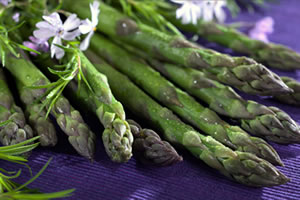
Eating and Drinking in Chartres, the Breadbasket of France
Kentucky is far from Chartres, but not so far as one might think. Biscuits and cornbread were the bond that held us together in Kentucky; wheatfields and bread do the same in Chartres. We like white gravy; the Chartrains, as they’re called, like sauce. Isn’t white gravy a sauce, after all?
Growing up in Kentucky, I embraced the Slow Food concepts without ever knowing it. Wendell Berry was my breakfast, lunch and supper, after all. The French have never fully embraced the official Slow Food concept of Good, Clean and Fair, since they consider that French cuisine and agriculture already embrace these values and do not need an organization – especially an Italian association with an English name – to teach them about their own time-honored traditions. One might say that the French are arrogant and chauvinist, which I would never totally deny, but it is this very pride that has maintained a high level of quality in the world of artisanal food and agriculture.
I have lived in the Beauce region, the bread basket of France, for over 15 years. The hill of Chartres is surrounded by wheat and grain fields and when you go to the bakers, they actually mark the name of the millers who provided the grain for particular breads. It’s all rather magical for those who have a holistic view of the world. The Beauce is all about farming, in particular, wheat, grain and sugar beets, but also goat cheese, pork products, rabbits, beer, apples and apple cider products, pears, chickens, rapeseed, etc. My goal has been to find all the best producers and growers and support them in every way possible.
|
|











































